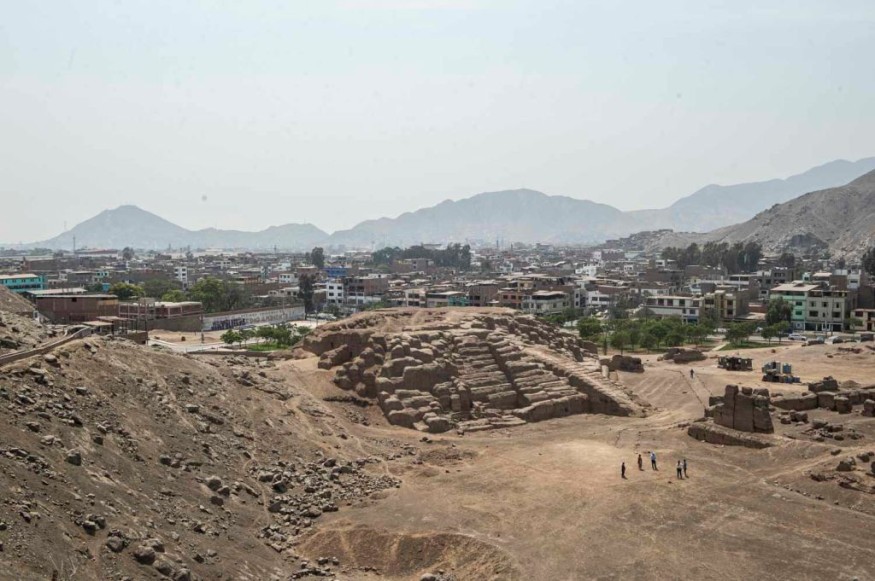Inca children were found with hallucinogenic plants such as cocaine and ayahuasca inside their bodies before being killed during sacrificial rites in what is now modern-day Peru.
This is according to a new study by researchers from the US, Peru, and Poland.
Toxicology Tests

In their new paper published in the Journal of Archaeological Science: Reports, the researchers conducted toxicology tests on a hair strand and fingernails of two children in the Ampato mountain in southern Peru.
The results yielded that the children were drugged during sacrificial rites.
The researchers believe the children's remains date back to 500 years ago during the Inca Empire.
The tests revealed the children were intoxicated with ayahuasca and cocaine drugs by chewing coca leaves. The researchers believed that the purpose of these plants is to help the Inca children divert their attention and physical senses from intense pain experienced during sacrificial rites.
A time before laws were created to prohibit a wide range of hallucinogenic drugs, the human sacrifices in Peru add to the evidence that anti-depressant drugs are already used earlier than previously thought during the Inca Empire.
Hallucinogenic Plants
Ayahuasca is one of the many types of hallucinogenic plants, also referred to as mind-altering and psychoactive plants.
These plants affect an individual's perception of emotions, space, and time, as per the Amherst College in Massachusetts, United States.
As a result, the Incas used these drugs on the sacrificed children due to their anti-depressant effect.
Anecdotal evidence and previous research showed that such an effect increases the neural activities in the brain, especially the central nervous system, resulting in hallucinations and out-of-body experiences.
According to Healthline, Ayahuasca has been a preferred substance for use during cultural and sacred religious traditions across ancient North America and South America for centuries.
In contemporary times, the chemical properties of the drug are still being used to treat depression, prevent suicide, mitigate grief, and other psychological, physical conditions.
Some other types of hallucinogenic drugs are the following:
- Wormwood
- Diviner's sage
- Deadly nightshade
- Marijuana
- Peyote
- Iboga
- Opium poppy
- Cannabis
Capacocha Ritual
The sacrificial rite covered in the new study is called the Capacocha Ritual, which is one of the most significant religious ceremonies across the Inca Empire.
This religious rite primarily aims to offer human sacrifices, preferably children and women, and material goods to appease their Gods.
The Incas believe that offering these sacrifices will make their deities avert natural disasters, including earthquakes, droughts, volcanic eruptions, and storms.
In the study, it has been reported that the sacrificed children were killed in the Ampato volcano.
Other forms of sacrifice involve humans being placed in high-altitude mountains until lightning strikes them.
This cultural and religious practice of sacrifice is not only prevalent among the Inca Empire but also in other civilizations in the ancient world.
Inca Empire
The Incan Empire thrived in Peru between the 15th and 16th centuries. They are considered to be the largest civilization in ancient America, stretching across the Andes mountains, as per National Geographic.
The Incas are known for their farming methods, agricultural terraces, and sacred structures.
The end of the Incan civilization started with the Spanish arrival in South America in 1532 and until the Spaniards conquered the Inca's last fortress in 1572.
© 2025 NatureWorldNews.com All rights reserved. Do not reproduce without permission.





